If you’re new to fitness, making your foray into the scene can feel daunting for various reasons. What the heck is a rep? Cardio vs. weights? How do you do a burpee right? It’s like fitness has its own language and culture. Because it does!
In addition to this insider lingo, there are some truths that more seasoned exercisers take for granted. That said, I wanted to touch on a few of them:
1. You will be sore. A lot. When you first start lifting, it can be a rude awakening to your muscles. That’s because, every time you lift you’re creating micro-tears in the fibers. By definition, you’re putting stress on your body. Your bod responds in kind with (temporary) discomfort while it repairs the tiny tears and creates muscle mass.
2. You will start to feel “off” if you miss too many consecutive workouts. Just like eventually you won’t be as sore as the first day you started, your brain will adapt, too. That’s because, when you exercise, your system releases those feel-good hormones known as endorphins. Fall off the wagon for a few days or more and you might find your mood suffers. Because….science. Exercise makes our brains and bodies happy!
3. You’ll have laundry up the wazoo. Sports bra? Check. Legging? Check. Socks? Check? Tank top? Check. I used to do laundry once a week and now I’m on a twice-a-week schedule (or more) to stay on top of all the volume.
4. Results take time. You can’t fast-track fitness goals, despite what those IG influencers tell you. On average, it takes about 30 days for you to notice changes, another 30 days for friends and family, and 90 days for the world. Don’t give up. Consistency will never let you down, promise!
5. Enjoyment matters. There was a brief point in time I flirted with running. I did it because I thought it was going to produce the results I wanted. Boy was I wrong! Not only did I hate every second, it didn’t end up serving me. This is to say that enjoyment is an under-rated factor when it comes to program adherence. Whether it’s yoga, barre, pilates, swimming, strength training or some other activity, the best exercise is the one you’ll actually do.
Be realistic about your preferences and find a way to build a workout routine around movement that energizes you. That’s truly a recipe for success.










